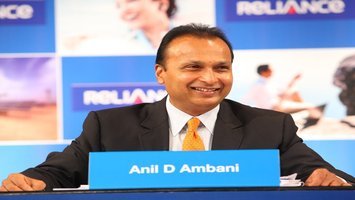The Goods and Services Tax (GST) Council concluded its latest round of meetings on Friday with the decision to apply the same four tax rate slabs for services as for goods, exempting, however, healthcare and educational services from the purview of the GST.
Speaking to reporters in Srinagar following the meeting, Kerala Finance Minister Thomas Isaac said that no consensus could be reached on the rate to apply on gold, and that the next meeting of the GST Council has been fixed for June 4.
"We could not come to a decision in this meeting on the rate to apply on gold," Issac said.
"Services will have the same four multi-slab structure of tax rates as for goods," he said.
The council on Thursday approved the tax rates for 1,211 items, of which 7 per cent will be exempted, 14 per cent will be in the 5 per cent slab, 17 per cent in the 12 per cent category, 43 per cent in the 18 per cent segment, while 19 per cent of goods will go into the top tax bracket of 28 per cent.
"Services, which are at currently taxed 15 per cent will be fitted into the 18 per cent bracket. However, services will get the benefit of input tax credit for the goods used, so real incidence of taxation will be lower than the headline rate," Isaac added.
He said that while "luxury services" would attract the highest rate of 28 per cent, health and education services would be exempt categories.
"Telecom services would continue to be taxed at the same rates of the past. Not in a single case has there been an increase in taxes from before," he added.
Union Finance Minister Arun Jaitley told the media in Srinagar on Thursday, after the first day of the council meeting, that "there is no increase in taxes of the items considered today. In fact, for many of them, taxes have come down."
An overwhelming 81 per cent of items will attract tax of 18 per cent or below. Only 19 per cent of items will be taxed at the highest rate of 28 per cent.
Jaitley said that while the overall basket of taxes will see a reduction, he hoped for greater tax buoyancy because of greater efficiency and less tax evasion.
"On many commodities there would be reduction because of the cascading effect, but we are banking on the hope that because of a better tax system and less evasion there would be tax buoyancy," he said.
In a major measure of support to industry, the rate for capital goods, as well as industrial and intermediate items have been set at 18 per cent.
Commenting on the GST Council's deliberations, a senior tax analyst said the rates announced were along expected lines.
"However, it seems a lot of work is yet to be done. Exemptions and issues related to reverse charge mechanism have not been finalised, and looks doubtful that it will be done in a day," said Taxmann.com Senior Consultant V.S Datey.
"Thus the chances of introducing GST by July 1 appears doubtful," he added.
"Companies would now quickly want to compute/re-compute the impact of rate change, if any, on their products and consequential change in their related margins," Partner in international accounting firm KPMG in India Harpreet Singh said in a statement here.













